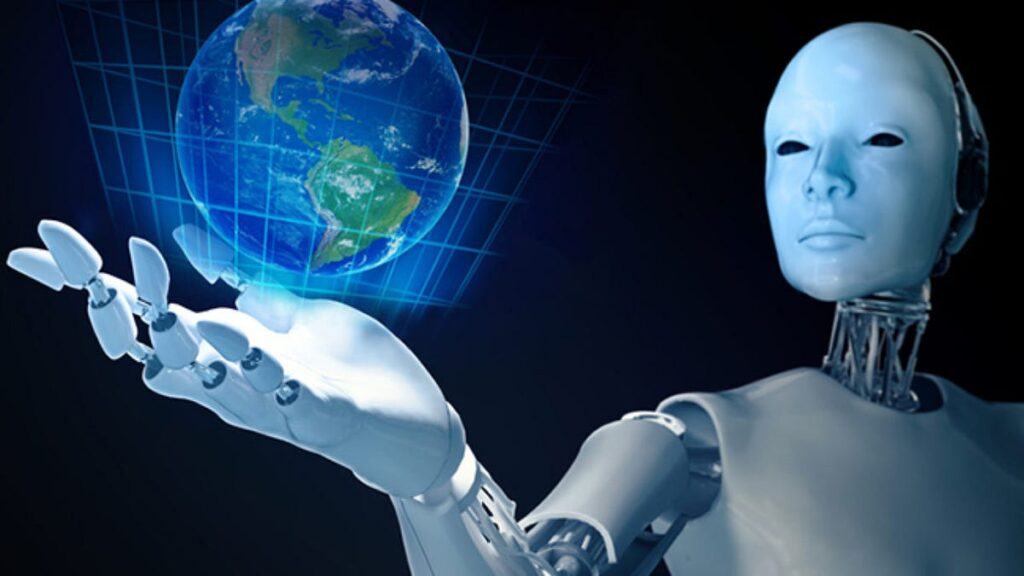The Three Broad Categories of AI
AI can be categorized based on its capabilities and intelligence level. The three major types are:
- Narrow AI (Weak AI) – Designed to perform specific tasks without the ability to generalize beyond its programming.
- General AI (AGI - Artificial General Intelligence) – AI that can perform any intellectual task a human can.
-Super AI (Artificial Superintelligence) – Hypothetical AI that surpasses human intelligence in every field.

1. Narrow AI (Weak AI) – The AI We Use Today
Narrow AI is everywhere in your phone, your car, and your favorite social media platform. It excels at one task but cannot adapt beyond its programming. Examples include:
- Voice Assistants: Siri, Alexa, Google Assistant
- Recommendation Systems: Netflix, YouTube, and Spotify algorithms
- Self-Driving Technology: Tesla’s autopilot and lane-assist systems
Example: Your favorite music app suggests songs based on your past listening habits. That’s Narrow AI at work, it does one job well but won’t suddenly start composing music on its own!
2. General AI (AGI) – The Next Big Leap
Artificial General Intelligence (AGI) refers to AI that can think, reason, and perform tasks at the same level as humans. Unlike Narrow AI, which is confined to predefined tasks, AGI can learn new skills, solve unfamiliar problems, and adapt to different environments.
Where We Are Today: We’re not there yet! No AI system currently possesses true general intelligence. However, companies like OpenAI and DeepMind are actively working toward AGI.
Example: An AGI-powered assistant wouldn’t just remind you of meetings but could also strategize your work schedule, anticipate problems, and even offer creative solutions.

3. Super AI – The Theoretical Future of AI
Super AI refers to AI systems that surpass human intelligence in every aspect like reasoning, creativity, problem-solving, and even emotions.
Has It Been Achieved? No. It’s purely hypothetical at this stage, but experts debate whether it could become a reality in the next few decades.
Example: Imagine an AI that could independently conduct scientific research, discover new laws of physics, or solve global problems like climate change. That’s either the best innovation ever or the plot of a sci-fi thriller! 😉
Types of AI Based on Functionality
Instead of listing every possible classification, let’s focus on the most relevant and impactful types of AI that shape industries today:
1. Reactive Machines – The Simplest AI
Reactive machines operate only in the present moment and do not store past experiences. They analyze inputs and respond accordingly but lack memory.
Examples:
- IBM’s Deep Blue (The chess-playing AI that beat Garry Kasparov)
- AI-powered spam filters that detect and block spam emails
Limitations: These systems cannot learn from previous interactions. They follow a set of pre-defined rules.
2. Limited Memory AI – AI That Learns From the Past
This type of AI can analyze past data to improve future decisions. Most modern AI systems fall into this category.
Examples:
-Self-driving cars that learn from road conditions
- Chatbots that improve responses over time
Strength: It allows AI to make better predictions, but it still lacks the ability to think or reason like a human.

3. Self-Improving AI – AI That Evolves Over Time
This emerging category represents AI systems that not only learn but also modify their own algorithms to improve performance without human intervention.
Examples:
- AI-powered cybersecurity tools that adapt to new cyber threats
- Machine learning models that optimize their own performance over time
Future Impact: This is a step closer to AGI, as AI systems become more adaptive and autonomous.

3. Where Do We Stand Today?
We live in a world dominated by Narrow AI and Limited Memory AI. AGI remains a long-term goal, while Super AI is still hypothetical. However, advances in AI research, particularly in deep learning and neural networks, are bringing us closer to building machines that can reason, plan, and make decisions more efficiently.
Breakthroughs in AI:
- DeepSeek AI & OpenAI’s GPT models can generate human-like text and even write code.
- AI is making advances in healthcare, finance, and automation, improving efficiency across industries.
Prediction: Over the next decade, AI will become more autonomous, enabling industries to automate complex decision-making processes that previously required human expertise.
Conclusion
AI is advancing rapidly, but we’re still far from machines that can fully think, reason, and act independently like humans. While the potential of AI is immense, ethical challenges around bias, privacy, and security remain crucial concerns.
One thing is clear: AI is here to stay. The real question is how we harness its power responsibly. Want to stay ahead in AI, automation, and data analytics? Subscribe to our newsletter for exclusive insights! Also, check out our Excel course to future-proof your career.



